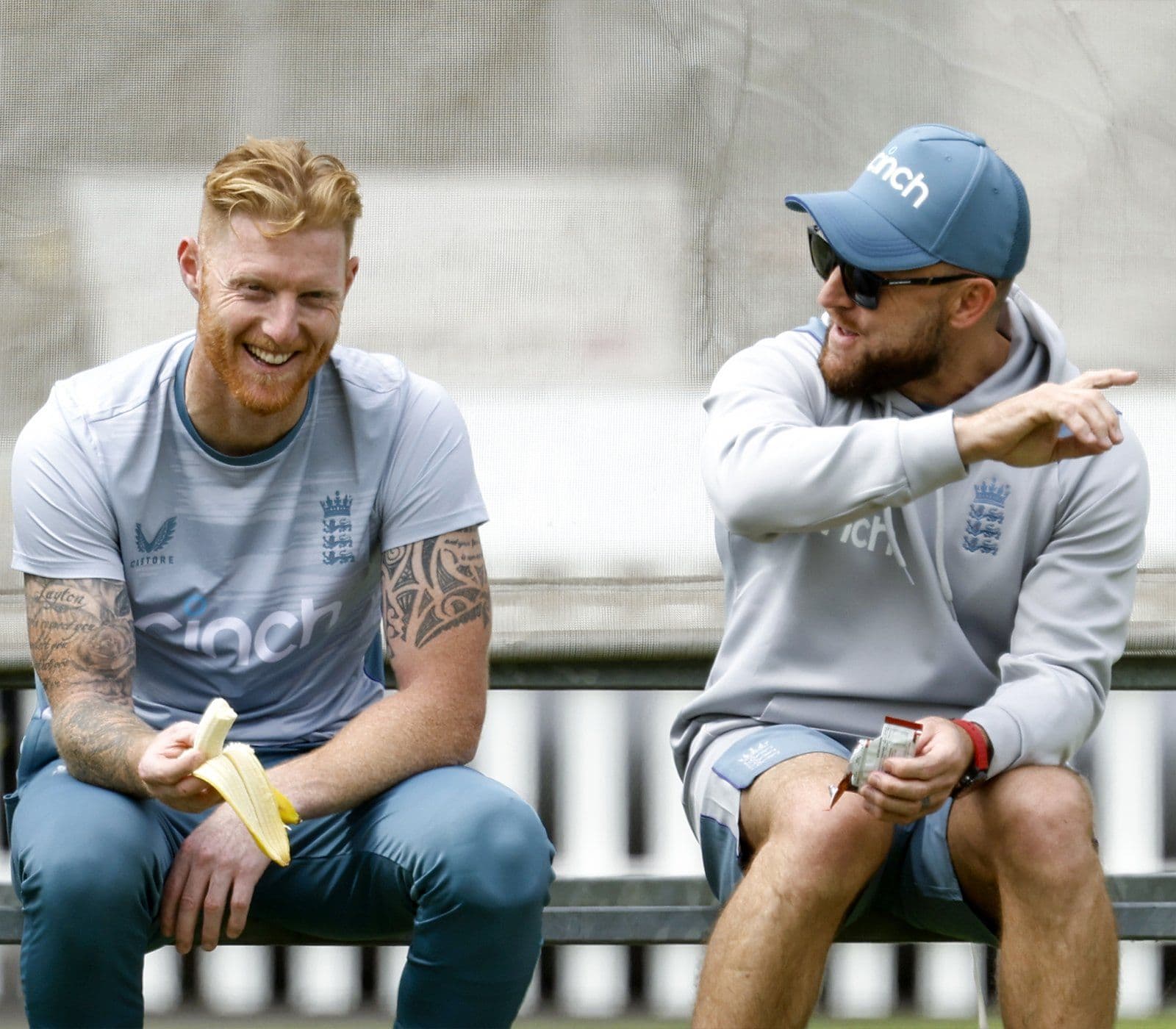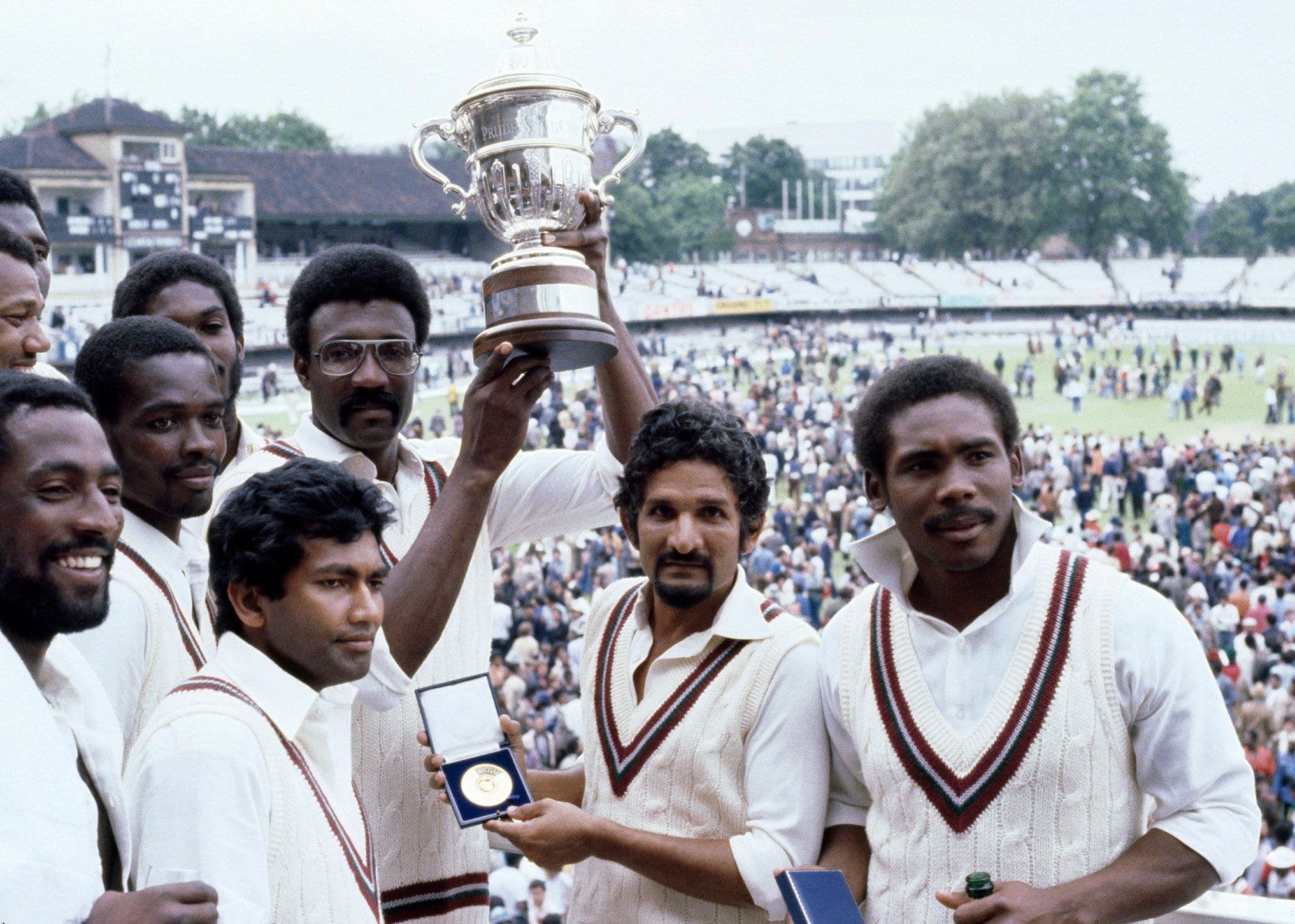Cricket
Which Ball is Used in Cricket
Know which ball is used in cricket in Tests, ODIs and T20Is. Also, know the history and origin of the cricket ball and the things used to make it.

In modern cricket, a red ball is used in Test cricket where all the players are wearing whites, while the limited-over formats of ODIs and T20Is are played with the white ball as the players are in coloured clothes.
History of Cricket Ball
The cricket ball has evolved significantly over the years and tracing its journey is as fascinating as the game itself. Earlier, a cricket ball was manufactured using tools like cork, leather and twine and it varied in weight and size as there was no standardisation for the sport designed for the pastime of royalties.
While the game of cricket dates back to as early as the mid-16th century, the game started getting international recognition in the 18th century and progressed towards modern cricket as we know it today. Consequently, the size and weight of the ball were made uniform and the most fundamental material used in manufacturing the cricket ball started being leather.
Gradually, the stitched seam was introduced and the raised seam brought in the swing element in the game. Bowlers were now seen manipulating the movement of the ball through the air, thus adding a mystique to the art of bowling in cricket. The durability of a cricket ball also got a severe boost over the years with one single ball lasting for almost eighty overs, despite the changing conditions.
Over the years, the cricket ball has been developed keeping in mind keeping in mind the balance of the game, where batsmen and bowlers must use their skills to contest on equal grounds thus keeping the entertainment factor intact.
 A modern-day cricket ball is made from a cork core that is bound tightly by multiple layers of nylon or wool. The cork core is further compounded with an extra layer of wood around it before the ball is placed inside the leather exterior. Every ball has a raised seam, made of string or nylon, with six rows of stitching.
A modern-day cricket ball is made from a cork core that is bound tightly by multiple layers of nylon or wool. The cork core is further compounded with an extra layer of wood around it before the ball is placed inside the leather exterior. Every ball has a raised seam, made of string or nylon, with six rows of stitching.
Which ball is used in international cricket?
Three different kinds of balls are used in international cricket today - Dukes’, SG and Kookaburra. The ball used varies depending on the conditions and countries the matches are played. Kookaburra is the most popular among them and is commonly used in international and first-class cricket in all major cricketing nations.
Which ball is used in Test cricket?
Cricketing nations like Australia, New Zealand, South Africa, Pakistan, Sri Lanka and Zimbabwe use the Red Kookaburra ball for Test matches, while the Dukes’ ball is used in Test matches played in England, West Indies and Ireland. In Indian conditions, Test matches are played with the SG ball.
Of late, the pink Kookaburra ball is used for better visibility in the day/night Test matches. Interestingly, the differences in these three balls go just beyond manufacturers as their design and components influence their durability and movements.
Kookaburra Ball
Widely established as the number one cricket ball in the world, it is manufactured by sophisticated facilities in Australia’s Melbourne by the Kookaburra company - named after a native bird of the country. The Australia Cricket Board had first tested the Kookaburra ball during the 1946/47 Ashes series and they never looked back.
 The Kookaburra ball is stitched by using machines, especially the two outer rows on each side, while the two inner rows are hand stitched. Hence, the ball doesn't swing much as the seam is primarily embedded on the surface. It is those two hand-sewn middle rows that hold the two halves of the ball. and the Kookaburra is not as strong as the Dukes’ ball, which has six full rows of hand-stitched seams to keep the cover in place.
The Kookaburra ball is stitched by using machines, especially the two outer rows on each side, while the two inner rows are hand stitched. Hence, the ball doesn't swing much as the seam is primarily embedded on the surface. It is those two hand-sewn middle rows that hold the two halves of the ball. and the Kookaburra is not as strong as the Dukes’ ball, which has six full rows of hand-stitched seams to keep the cover in place.
While the outer rows give the bowlers a good grip, the seam isn’t very visible as machine stitching requires a flatter ball shape. While Kookaburra balls’ seam isn’t as prominent as the Dukes or SG ball, it provides good pace and movements up to 30 overs. The bouncy pitches of Australia and South Africa are perfectly suitable for the Kookaburra ball, which swings initially before the pace bowlers have to bank on pace after the seam is lost. The Kookaburra balls, however, lose their shape after a while.
Veteran Indian spinner Ravichandran Ashwin has previously advocated for the use of Kookaburra balls in place of the SG balls.
Dukes’ Ball
Named after the Duke family, the company specialised in making cricket equipment, the Dukes’ ball has been manufactured since the 1760s in the United Kingdom. This ball is darker than the Kookaburra or SG and is popular for being entirely hand-stitched. The accentuated seam lends extreme durability to the Dukes’ ball and it takes a long time to get old.
A fast bowler’s most desirable weapon, the Dukes’ ball has all six rows of stitches going both backwards and forwards, holding together the two cups of the ball better than any of its contemporaries. Not only does the ball stay in shape longer but the seam remains prominent for a long time.

The Dukes’ ball swings a lot and is ideal for English conditions owing to its mostly overcast weather, the green top pitches, and the ground conditions, which all aid in preserving the ball's seam and shape.
Indian bowlers like Jaspirt Bumrah and Umesh Yadav have both expressed their love for the Dukes’ ball owing to its swing and durability.
SG
The abbreviation for Sanspareils Greenlands ball, the SG ball started getting manufactured in Sialkot in India’s pre-independence era back in 1931 by Kedarnath and Dwarkanath brothers, before it later moved to Meerut. However, it wasn’t until 1991 that BCCI approved SG Balls to be used in Test matches.
Hand-stitched like the Dukes’ ball, the SG ball also has a prominent seam and the threads used in it are quite thick. Compared to the other two balls, the threads are closely interwoven with a wider seam that helps the ball hold shape after a brutal day of Test cricket. While the SG ball loses its shine quickly in India's dry climate, it tends to reverse swing after 40 overs of play.
Hence, watching bowlers desperately trying to shine one side of the ball is a common sight in Test matches played in India. While the dry and cracked pitches in India don’t offer much bounce, bowlers can use the weather conditions to get a swing.
Which ball is used in ODIs and T20Is?
Unlike Test cricket, the international limited-overs matches all use the white kookaburra ball. While the red ball was used in both formats of the game earlier, the white ball was introduced for better visibility. As ODIs and T20Is are mostly played under floodlights, the white exterior helps in optimum visibility.

Though the manufacturers state that there are no differences between the balls except for the colour, there are complaints that the white ball is harder and swings easily. Apart from early swing, the white ball also had the issue of getting dirty after the first thirty-forty overs, making it difficult for batsmen to see it. This resulted in two new balls being bowled from each end at the start of each innings.
Recommended Articles

An M.A. in English Literature, Subhayan is an experienced journalist and sports writer. Having worked as a journalist at Hindustan Times, Subhayan covered diverse beats including sports, education, and health, showcasing his versatility and in-depth understanding of various subjects.


